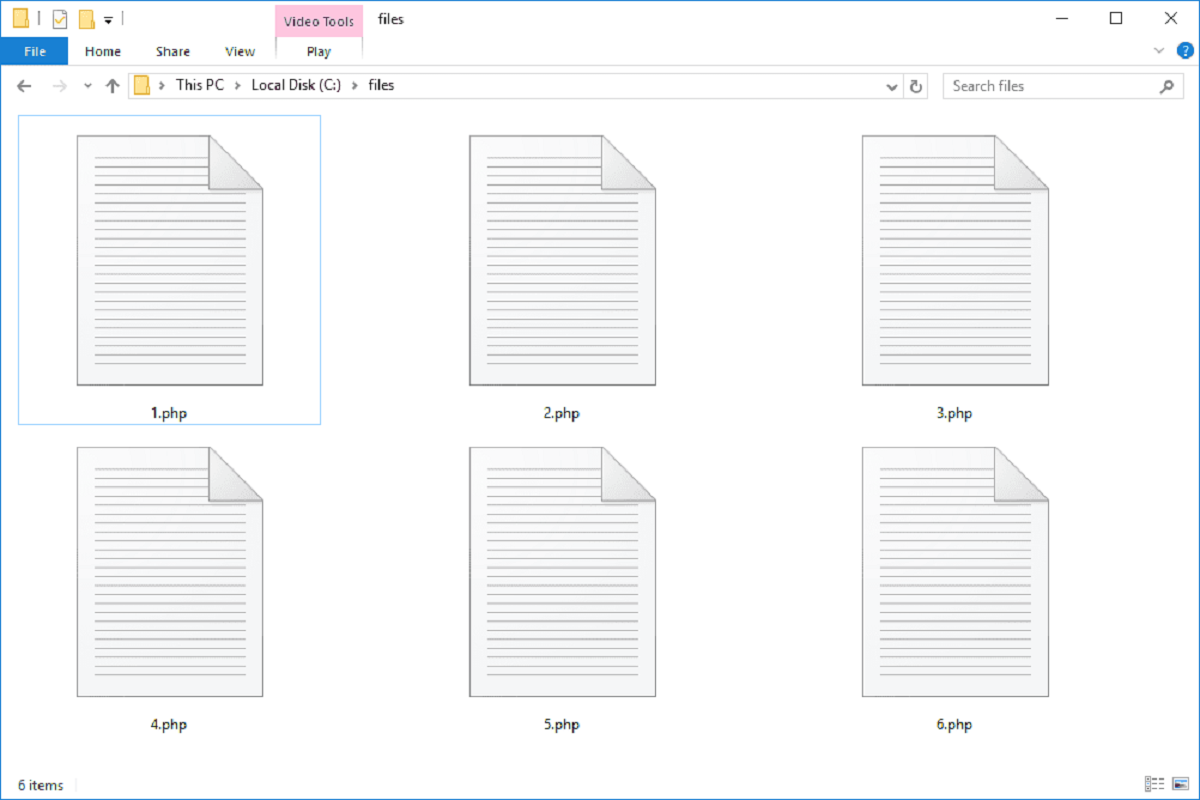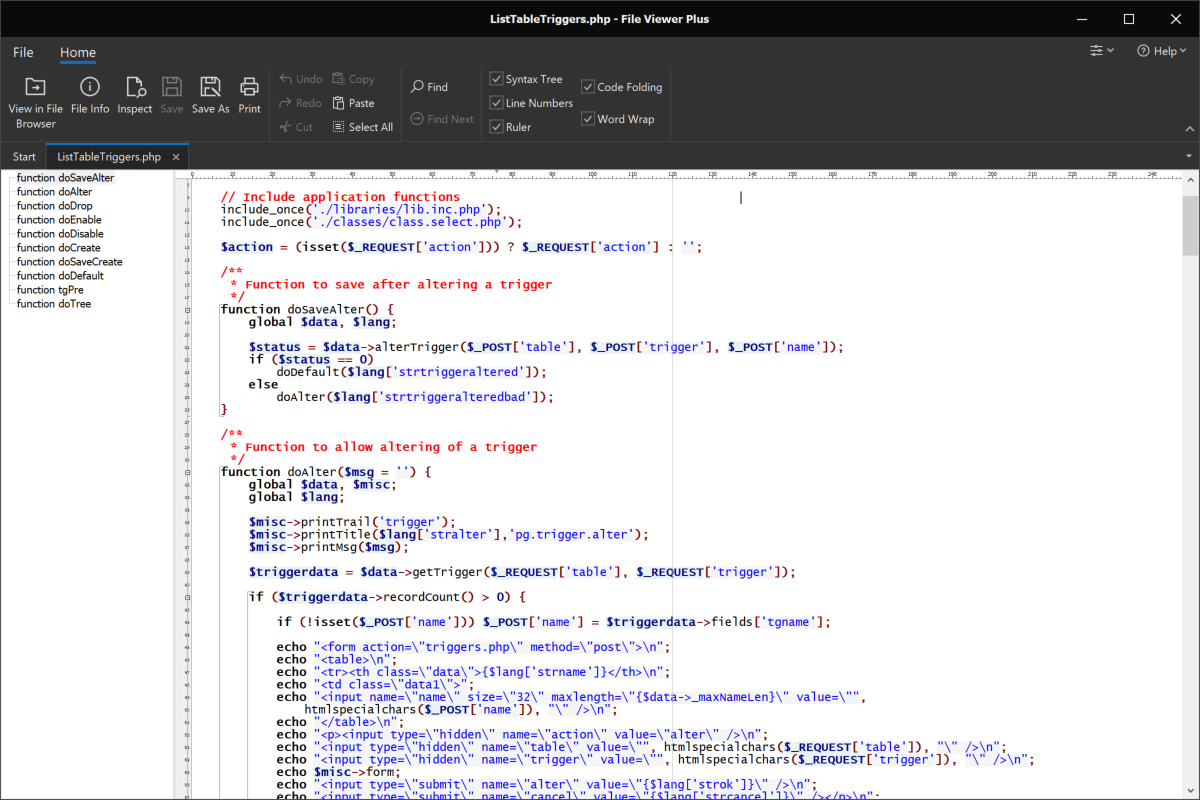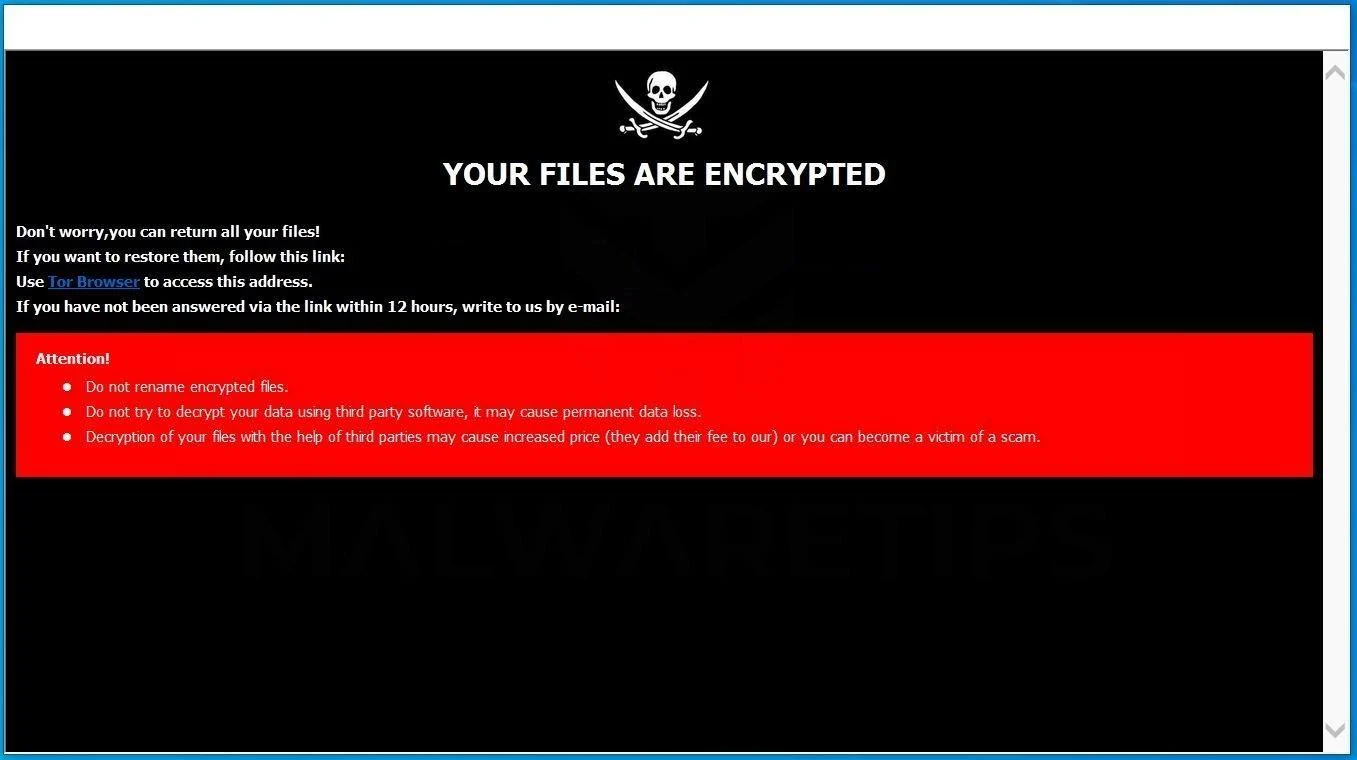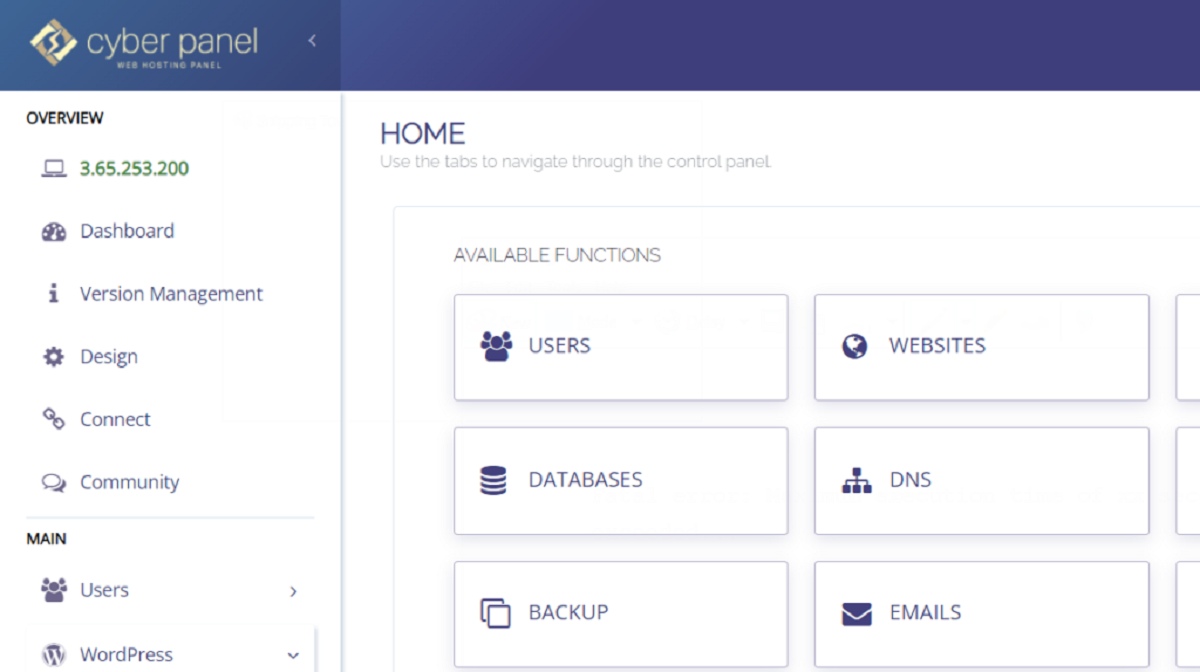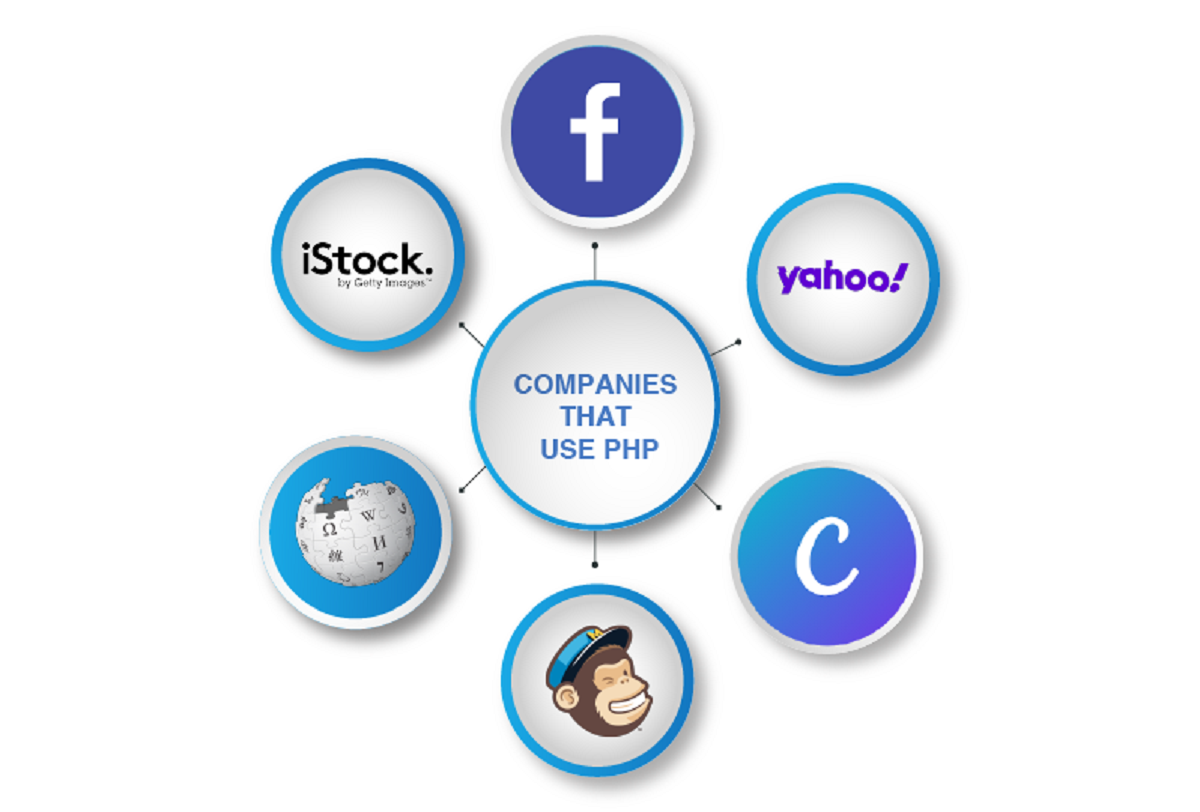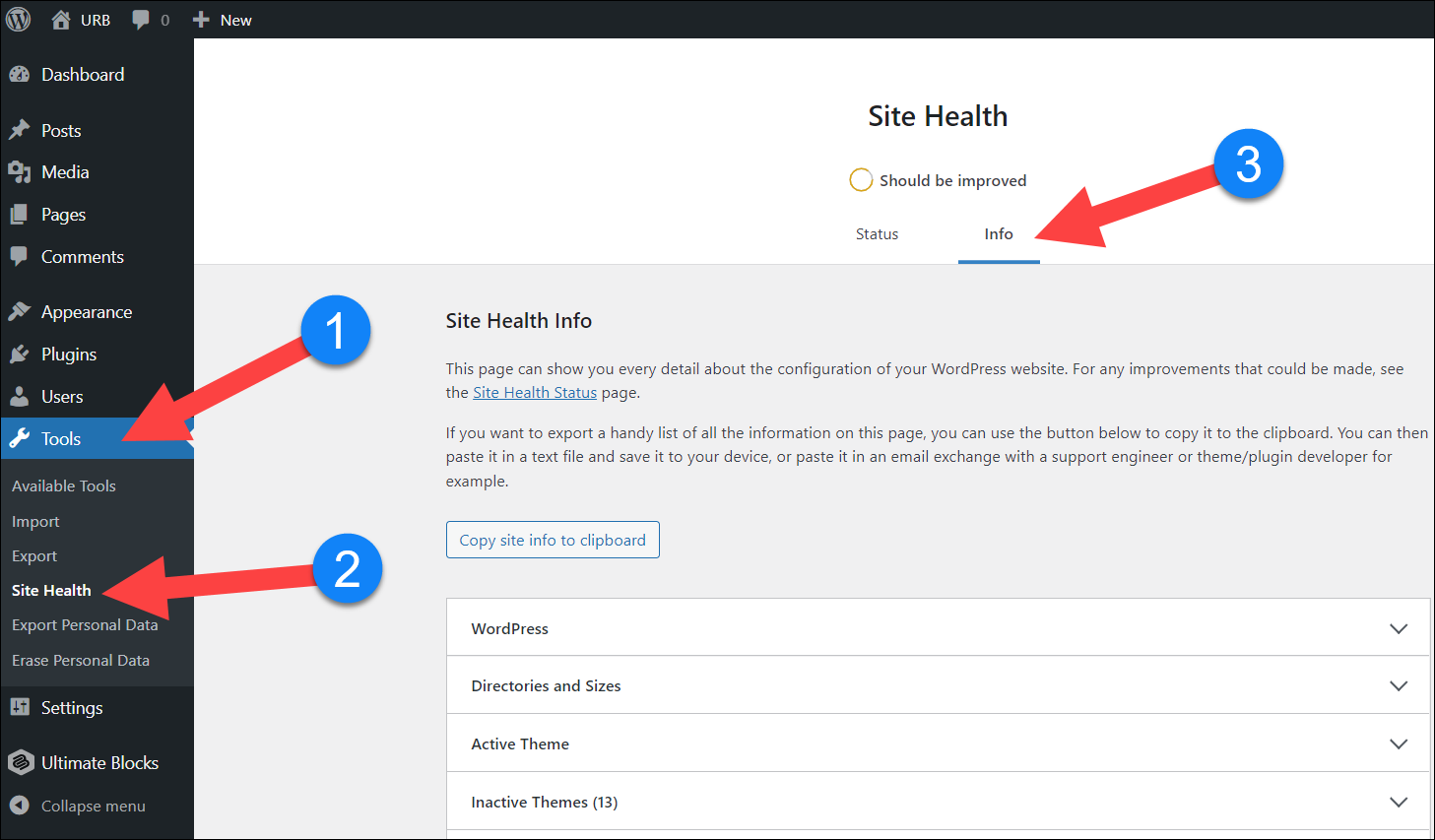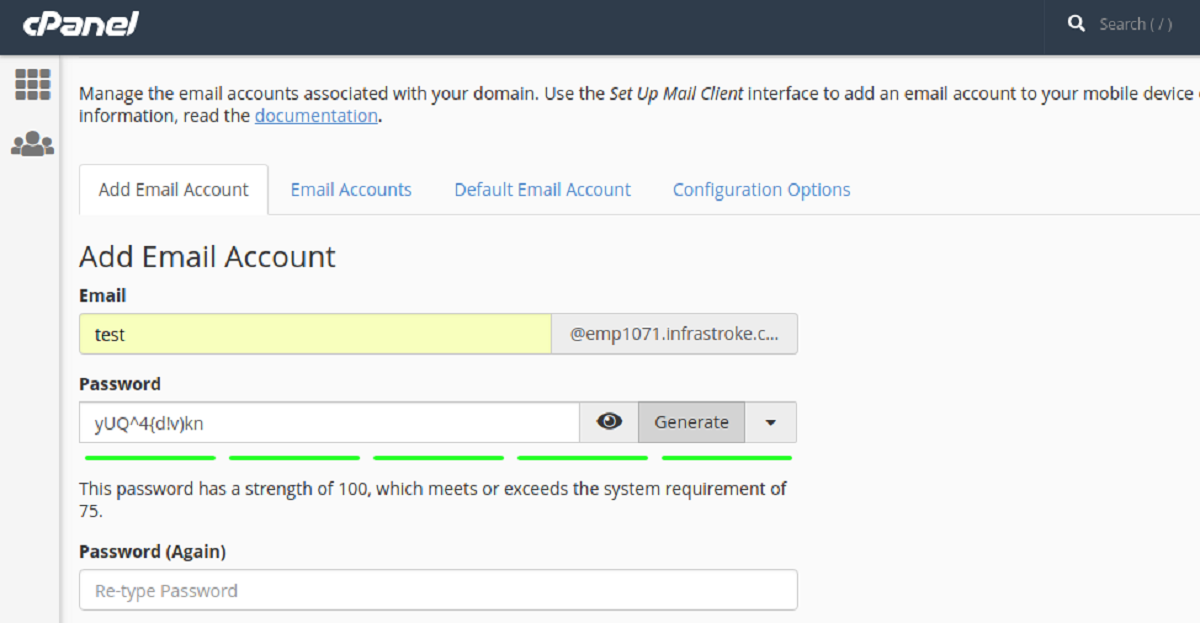Introduction
PHP, also known as Hypertext Preprocessor, is a widely-used scripting language that is primarily used for web development. It is often embedded within HTML code and executed on the server side to generate dynamic web pages. One of the key components of PHP is the .PHP file, which contains PHP code that can be interpreted and executed by the server.
PHP files play a crucial role in powering dynamic websites and web applications. They allow developers to add dynamic functionality, perform database operations, handle form submissions, and much more. In this article, we will explore the definition, structure, purpose, and common applications of .PHP files. We will also discuss the benefits and challenges associated with using PHP files in web development.
Whether you are a seasoned web developer or just starting your journey in programming, understanding .PHP files and their role in web development is essential. So, let’s dive into the world of .PHP files and discover their significance in creating dynamic and interactive web experiences.
Definition of .PHP Files
.PHP files are text files that contain PHP code. They are saved with a .php file extension and are executed on the server side. PHP files are used in web development to create dynamic web pages and applications. The PHP code within these files is processed by a PHP interpreter, which generates HTML output to be sent to the client’s web browser.
PHP, which stands for Hypertext Preprocessor, is a widely-used server-side scripting language. It is embedded within HTML code, allowing developers to mix PHP code with regular HTML markup. This combination of PHP and HTML makes it easy to create dynamic content, interact with databases, handle form submissions, perform calculations, and much more.
PHP files typically start with the closing tag. Everything within these tags is interpreted as PHP code. However, it is worth noting that the closing tag is optional in PHP files and is often omitted for better compatibility and to prevent accidental whitespace from being included in the output.
.PHP files can also contain HTML code, CSS stylesheets, JavaScript code, and other web technologies. This allows developers to create rich and interactive web pages that respond to user input and display real-time data.
In order to run PHP files, a web server with PHP installed is required. The server processes the PHP code and generates the corresponding HTML output, which is then sent to the user’s browser. The browser receives the HTML and renders it, resulting in a dynamic and interactive web page.
With their ability to combine PHP code with HTML and other web technologies, .PHP files are an essential component of modern web development. They provide a powerful tool for creating dynamic web experiences and enabling server-side processing.
Structure and Syntax of .PHP Files
The structure and syntax of .PHP files follow a specific pattern that allows developers to write PHP code and integrate it seamlessly with HTML markup. Understanding the structure and syntax of .PHP files is essential for writing clean and functional PHP code.
Here are some key elements of the structure and syntax of .PHP files:
- Opening and Closing PHP Tags: A .PHP file begins with the opening tag. These tags enclose the PHP code, allowing it to be executed and processed by the server.
- Outputting HTML: Since PHP is often used in combination with HTML, developers need a way to output HTML content. This can be done by simply including the HTML code within the PHP tags. Alternatively, the echo statement can be used to output HTML or other content to the browser. For example, echo “Hello, World!”; will display “Hello, World!” in the browser.
- Comments: Comments are used to add notes and explanations within the code. In PHP, comments can be written in two ways. Single-line comments start with //, while multi-line comments are enclosed between /* and */. Comments are not processed by the server and are only meant for developers to understand the code.
- Variables: Variables in PHP are denoted by the $ symbol followed by the variable name. PHP is a dynamically-typed language, meaning that variables can hold different types of data without explicit declaration. For example, $name = “John”; assigns the value “John” to the $name variable.
- Control Structures: .PHP files support various control structures, such as if statements, for loops, while loops, switch statements, and more. These control structures allow developers to make decisions and control the flow of the program based on certain conditions.
- Functions: PHP functions are blocks of code that perform a specific task. They can be defined using the function keyword, followed by the function name and a set of parentheses. Functions can accept parameters and return values, making them reusable and modular.
By following the proper structure and syntax of .PHP files, developers can create organized, readable, and maintainable PHP code. This facilitates collaboration, debugging, and future modifications, ensuring the smooth functioning of web applications and websites.
Purpose and Use of .PHP Files
.PHP files serve a crucial purpose in web development and are used extensively to create dynamic and interactive websites and applications. They provide developers with a wide range of features and functionalities that enhance the user experience and enable server-side processing.
Here are some key purposes and uses of .PHP files:
- Server-Side Processing: One of the primary purposes of .PHP files is to enable server-side processing. Unlike client-side scripting languages like JavaScript, which run in the user’s browser, PHP code is executed on the server. This allows developers to perform complex operations, interact with databases, handle form submissions, authenticate users, and more, without exposing sensitive information or logic to users.
- Dynamic Content Generation: .PHP files are instrumental in generating dynamic content for web pages. By embedding PHP code within HTML markup, developers can create web pages that display real-time data, such as user-specific information, database records, and dynamic calculations. This ability to generate dynamic content enhances personalization and interactivity, making websites more engaging and relevant to users.
- Database Integration: .PHP files seamlessly integrate with databases, allowing developers to connect to database servers and perform operations like querying, inserting, updating, and deleting data. This makes it possible to build robust web applications that can store, retrieve, and manipulate information from databases. Popular databases like MySQL, PostgreSQL, and SQLite are commonly used in conjunction with .PHP files.
- Form Processing: .PHP files are widely used for processing form submissions on websites. When a user submits a form, the data is sent to the server for processing. .PHP files can validate, sanitize, and store this data securely. They can also perform additional actions based on the submitted data, such as sending emails, redirecting the user to a different page, or updating database records.
- Session Management: .PHP files enable the management of user sessions, which are used to maintain state and track user interactions on a website. Sessions allow websites to remember user preferences, maintain login information, and provide personalized experiences. .PHP files facilitate session handling, making it easy to start, manage, and destroy sessions as needed.
Overall, .PHP files play a critical role in web development by providing a powerful toolset to create dynamic, interactive, and data-driven websites and applications. They enable server-side processing, integration with databases, handling of form submissions, and much more, making them a fundamental component of modern web development.
Common Applications and Examples of .PHP Files
.PHP files have a wide range of applications and are used extensively in various web development scenarios. They provide developers with the flexibility and functionality needed to create dynamic and interactive websites and applications. Here are some common applications and examples of .PHP files:
- Content Management Systems (CMS): Many popular CMS platforms, such as WordPress and Drupal, rely heavily on .PHP files to power their core functionality. .PHP files handle tasks such as rendering templates, processing user input, managing database interactions, and generating dynamic content. They enable the creation of websites with rich features, including customizable themes, user accounts, and content publishing.
- E-commerce Websites: .PHP files are frequently utilized in building e-commerce websites. They handle various aspects of online shopping, including product listings, shopping carts, payment processing, and order management. PHP frameworks like Magento and WooCommerce utilize .PHP files extensively to create robust and scalable e-commerce platforms.
- User Authentication and Authorization: .PHP files play a crucial role in managing user authentication and authorization. They handle tasks such as user registration, login, logout, and password reset. By integrating with databases and utilizing encryption techniques, .PHP files enable secure and seamless user authentication on websites.
- API Development: .PHP files are used to develop APIs (Application Programming Interfaces) that allow different software systems to communicate with each other. APIs built with PHP can retrieve and send data in various formats, such as JSON or XML. Whether it’s creating a custom API or utilizing popular frameworks such as Laravel or Slim, .PHP files serve as the backbone for building robust and scalable API endpoints.
- Web Forms and Data Processing: .PHP files are commonly used to process web forms and handle user input. They validate form data, sanitize it to prevent security breaches, and store it in databases. .PHP files can also send email notifications, perform calculations, and generate dynamic responses based on form submissions. They make it possible to build interactive and user-friendly web forms.
- Dynamic Content and Database Integration: .PHP files facilitate the integration of web pages with databases. They retrieve data from databases, format it, and present it dynamically on web pages. This allows for the creation of websites with dynamic content, such as news feeds, product listings, and user-generated content. .PHP files enable developers to fetch, filter, and display data from databases in real-time.
These are just a few examples of the many applications of .PHP files in web development. Given their versatility and power, .PHP files continue to be a popular choice for creating dynamic and interactive websites and applications across various industries and use cases.
Benefits of Using .PHP Files
.PHP files offer several benefits that make them an attractive choice for web development projects. Understanding these advantages can help developers make informed decisions when choosing the appropriate technologies for their projects. Here are some key benefits of using .PHP files:
- Easy Integration with HTML: .PHP files can be seamlessly integrated with HTML code, allowing developers to create dynamic web pages by embedding PHP code within HTML markup. This integration simplifies the process of adding dynamic functionality to websites while maintaining a clean and organized structure.
- Large Community and Support: PHP has a large and active community of developers worldwide. This means that there is a wealth of online resources, tutorials, forums, and communities available for learning and problem-solving. The community’s support and contributions ensure that PHP remains a reliable and well-maintained programming language.
- Flexibility and Scalability: .PHP files offer flexibility, allowing developers to build small-scale websites or large-scale applications. With the help of frameworks like Laravel, CodeIgniter, or Symfony, developers can leverage pre-built libraries and tools to enhance productivity and build scalable solutions that can handle increased traffic and data processing.
- Speed and Performance: PHP is known for its fast execution speed, making .PHP files an efficient choice for web development. Additionally, PHP has built-in mechanisms for caching and optimizing code, further improving performance. This allows websites and applications built with .PHP files to deliver content quickly and handle high volumes of user traffic.
- Platform Independence: .PHP files can run on various operating systems, including Windows, macOS, Linux, and more. This platform independence allows developers to work on different environments and deploy their applications on the server of their choice.
- Database Compatibility: PHP has extensive support for various database systems, including MySQL, PostgreSQL, SQLite, Oracle, and more. .PHP files can interact with databases seamlessly, allowing developers to store and retrieve data, perform complex queries, and manipulate database records.
The benefits of using .PHP files make them a versatile and reliable choice for building dynamic and interactive websites and applications. With their ease of integration, scalability, community support, speed, and compatibility with databases, .PHP files continue to be widely used and trusted by developers across the globe.
Challenges and Limitations of .PHP Files
While .PHP files offer many advantages for web development, it is important to be aware of the challenges and limitations associated with using them. Understanding these factors can help developers make informed decisions and overcome potential hurdles. Here are some key challenges and limitations of .PHP files:
- Security Vulnerabilities: Like any other programming language, PHP is not immune to security vulnerabilities. Inadequate input validation, improper handling of user data, and insecure code practices can lead to vulnerabilities such as SQL injection, cross-site scripting (XSS), and session hijacking. It is crucial for developers to follow best practices and ensure that their .PHP files are secure against potential attacks.
- Performance Scalability: Although PHP is known for its speed and performance, it may face challenges in scaling when dealing with high traffic or resource-intensive applications. Without proper optimization techniques, .PHP files can experience performance bottlenecks, leading to slower response times. Caching mechanisms, database optimization, and code profiling can help mitigate these challenges.
- Code Maintenance: As projects grow larger and more complex, .PHP files can become difficult to maintain and organize. Without proper structuring and adherence to coding standards, .PHP files can become hard to navigate, leading to decreased readability and increased development time. Consistent code documentation and adopting PHP frameworks can help with code organization and maintainability.
- Compatibility Issues: As PHP continues to evolve, backward compatibility can become a challenge. Older versions of PHP and legacy codebases may face compatibility issues with newer PHP versions and libraries. It is important for developers to keep up with PHP updates, test their .PHP files for compatibility, and plan for necessary updates and migrations.
- Learning Curve: While PHP is relatively easy to learn, mastering its advanced features and best practices requires time and practice. Novice developers may face a learning curve when working with .PHP files, especially when dealing with more complex tasks such as database integration, security measures, and performance optimization. Continuous learning and keeping up with PHP community resources can help overcome this limitation.
- Limited Support for Asynchronous Operations: One limitation of .PHP files is the lack of native support for asynchronous programming. Asynchronous operations, such as handling concurrent requests, are not easily achievable using traditional .PHP files. However, there are workarounds available, such as using PHP extensions or implementing asynchronous patterns with libraries like ReactPHP or Swoole.
Despite these challenges and limitations, .PHP files remain a popular choice for web development due to their extensive community support, ease of use, and wide range of applications. By understanding and addressing these challenges, developers can leverage the strengths of .PHP files while mitigating potential drawbacks.
Conclusion
.PHP files play a crucial role in web development, providing developers with the ability to create dynamic, interactive, and data-driven websites and applications. With their seamless integration with HTML, flexibility, and extensive community support, .PHP files have become a preferred choice for building robust and scalable web solutions.
Throughout this article, we explored the definition, structure, syntax, and purpose of .PHP files. We also discussed common applications and examples, as well as the benefits and challenges associated with using .PHP files in web development.
.PHP files offer numerous benefits, including easy integration with HTML, a large and active community, flexibility, scalability, and compatibility with databases. They enable server-side processing, dynamic content generation, database integration, form processing, and much more. The speed, performance, and platform independence of .PHP files make them a popular choice among developers.
However, it is important to be aware of the challenges and limitations of .PHP files, such as security vulnerabilities, scalability issues, code maintenance, compatibility, learning curve, and limited support for asynchronous operations. By addressing these challenges and staying up to date with best practices, developers can leverage the power of .PHP files while mitigating potential drawbacks.
Overall, .PHP files remain a reliable and versatile tool for web development. Whether you are building CMS platforms, e-commerce websites, APIs, or handling web forms, .PHP files provide the necessary features and functionalities to bring your web projects to life. With continuous learning and proper utilization of .PHP files, developers can create engaging, dynamic, and user-friendly web experiences.







